You can read more about this in Pete Eeles fabulous book on British and Irish butterflies pictured below. This book took ten years in the making and the standard of photography and the level of detail drawn from personal observation, new science and long-forgotten texts from very talented lepidopterists of past generations make it the best book of its kind anywhere in the world. If you don't have it already you most certainly should. You can read the reviews and purchase it here.
On 18th further southerly migration was noted all morning and a count at the northern end of the Topolia gorge produced a rate of 400 per hour through the gorge at midday.
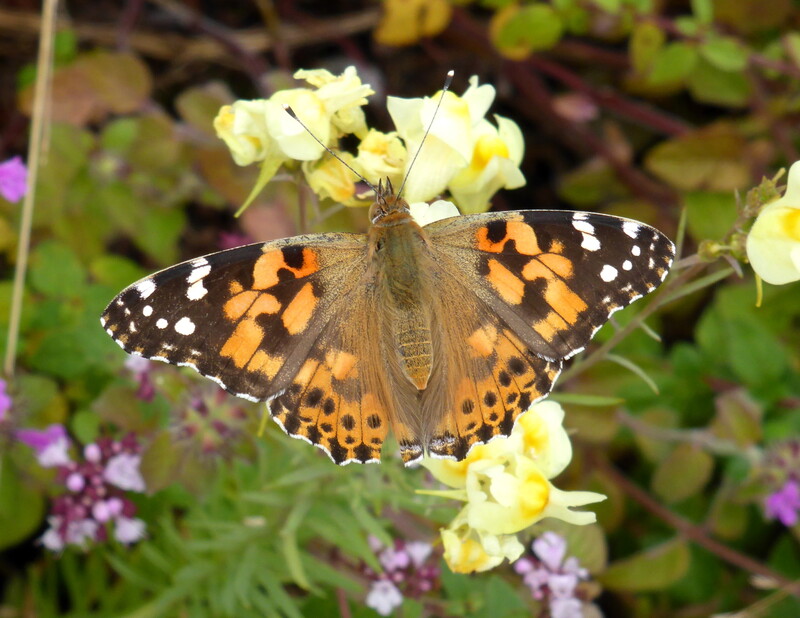
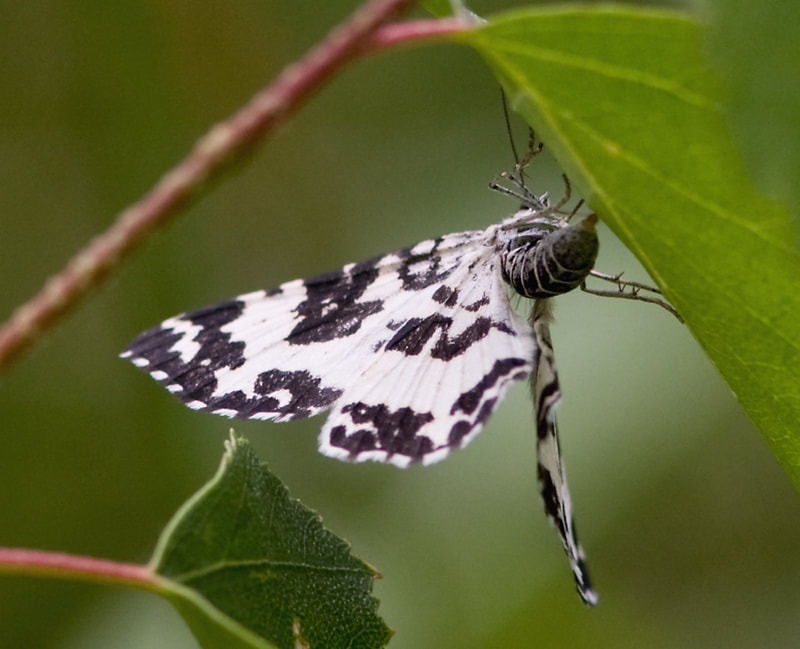
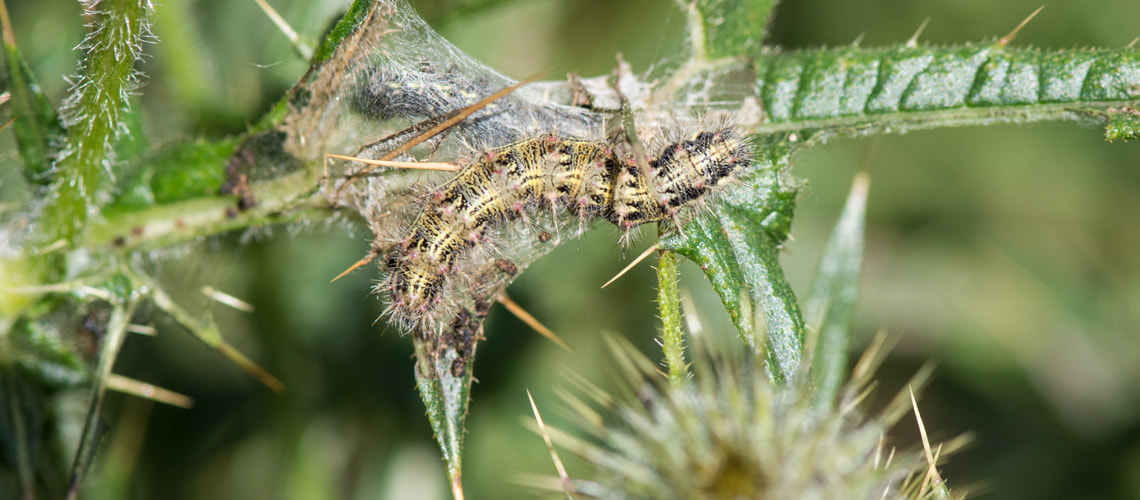
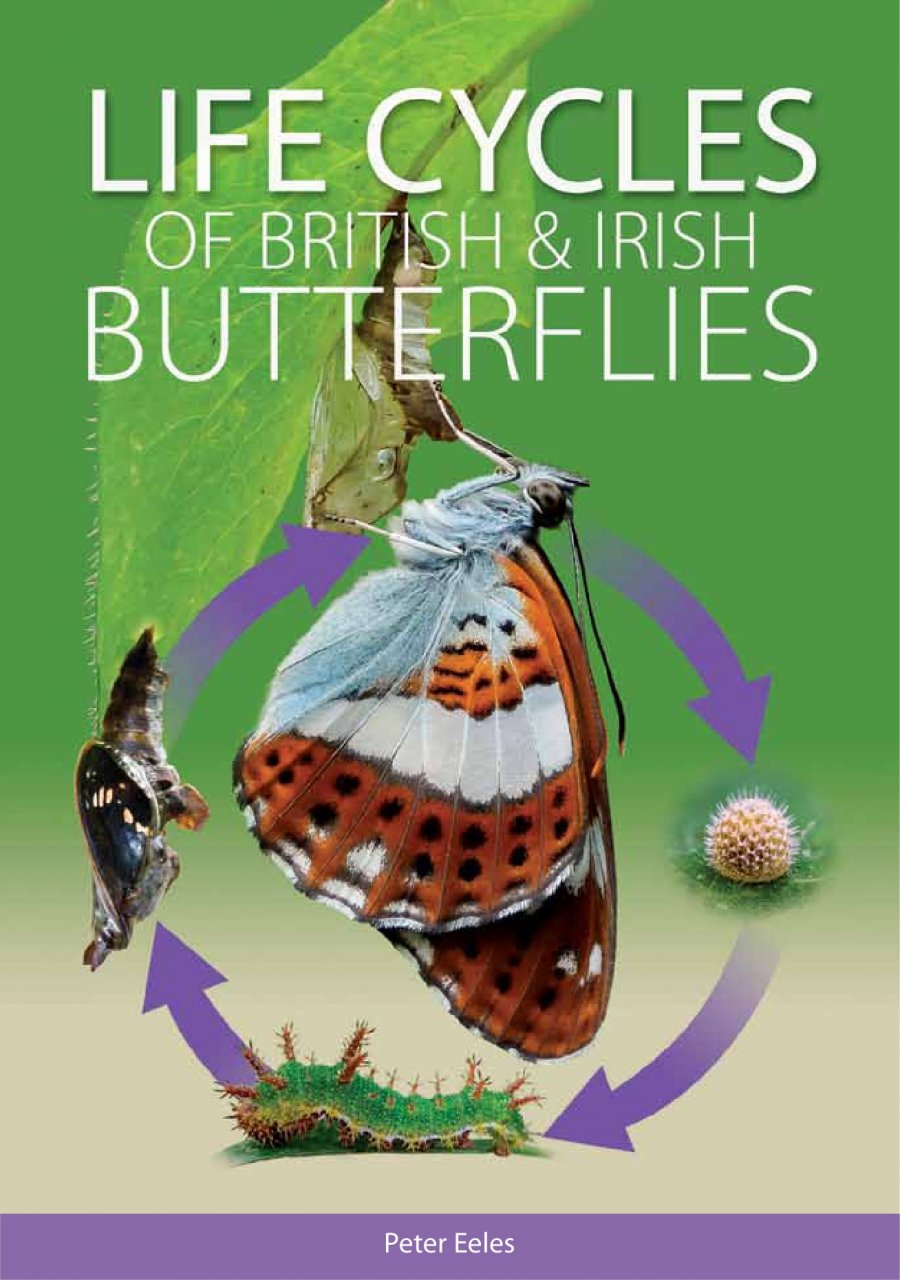
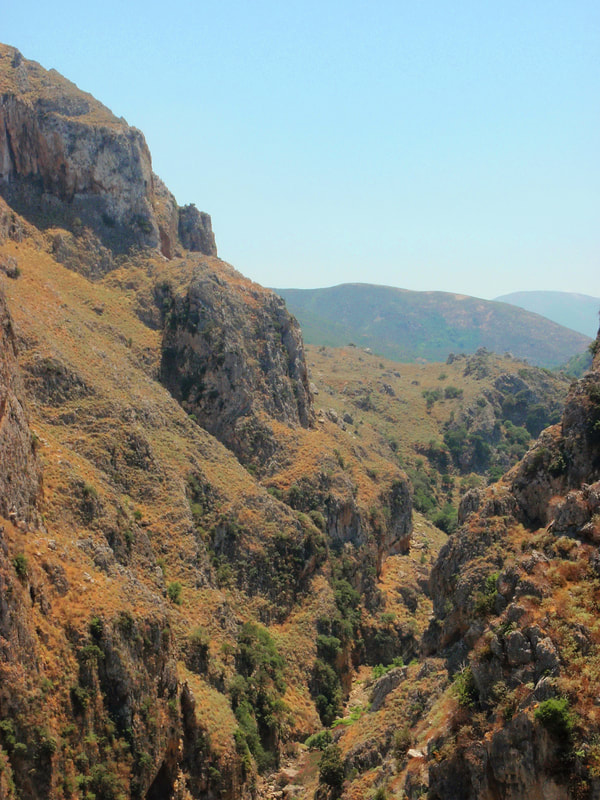
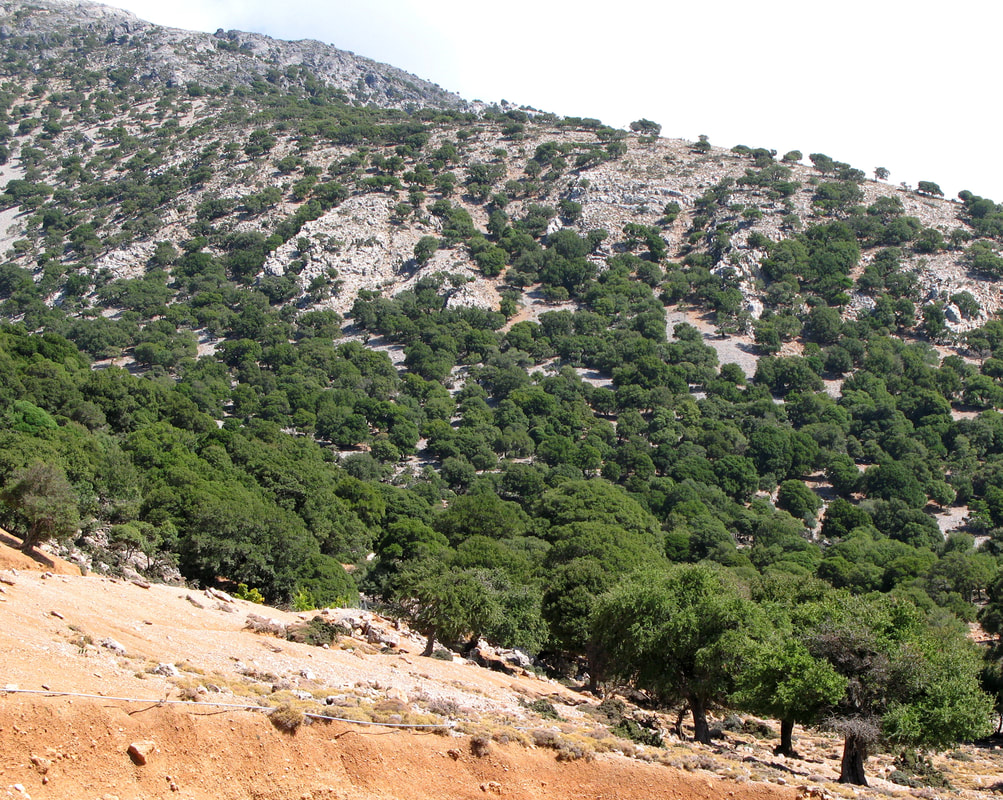
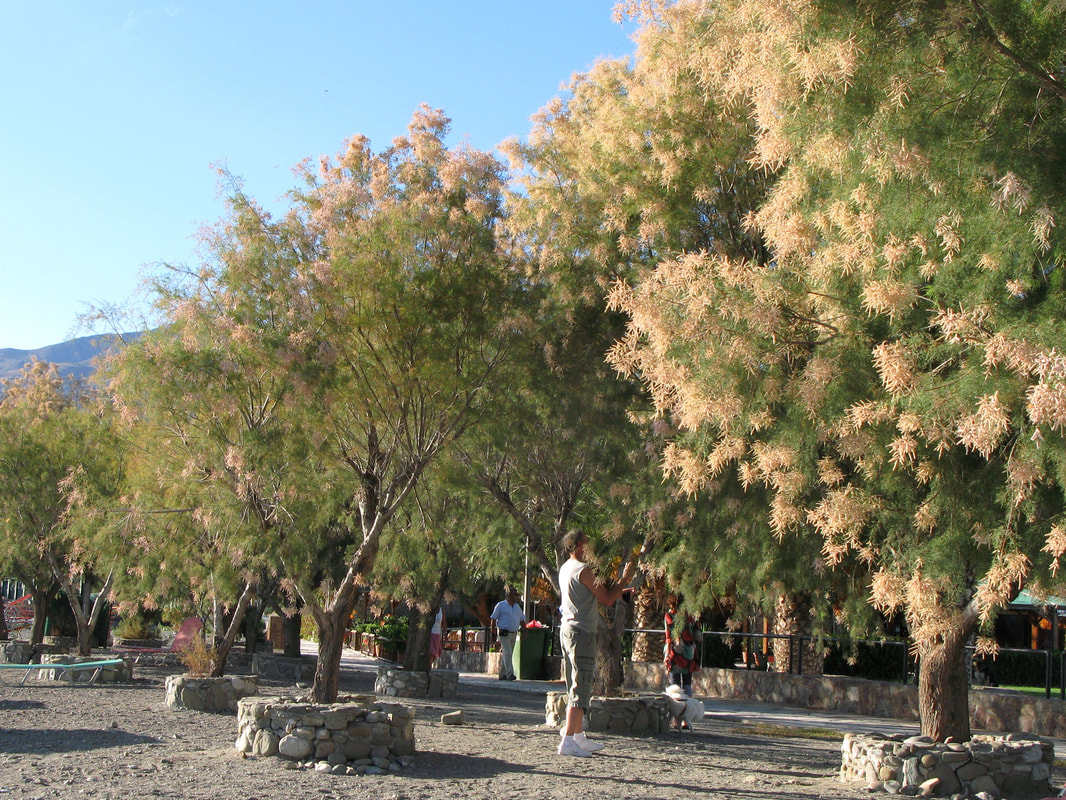
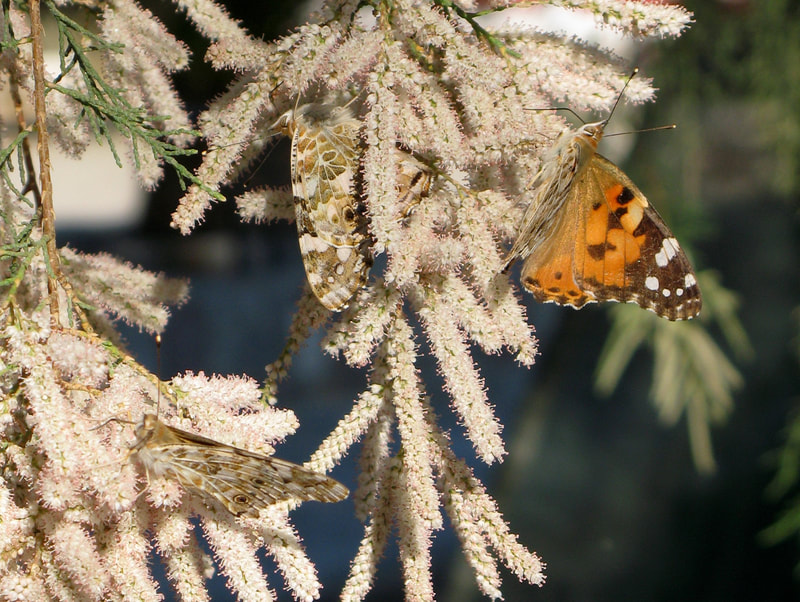
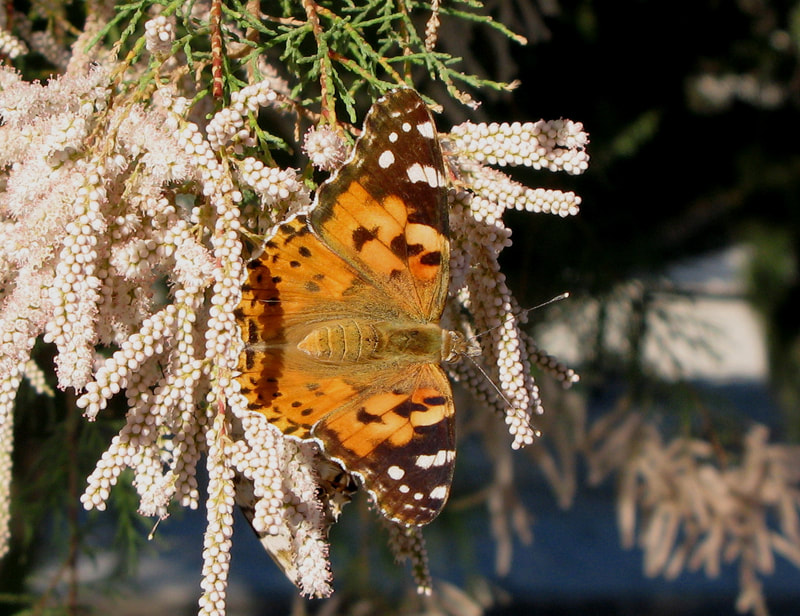
 RSS Feed
RSS Feed